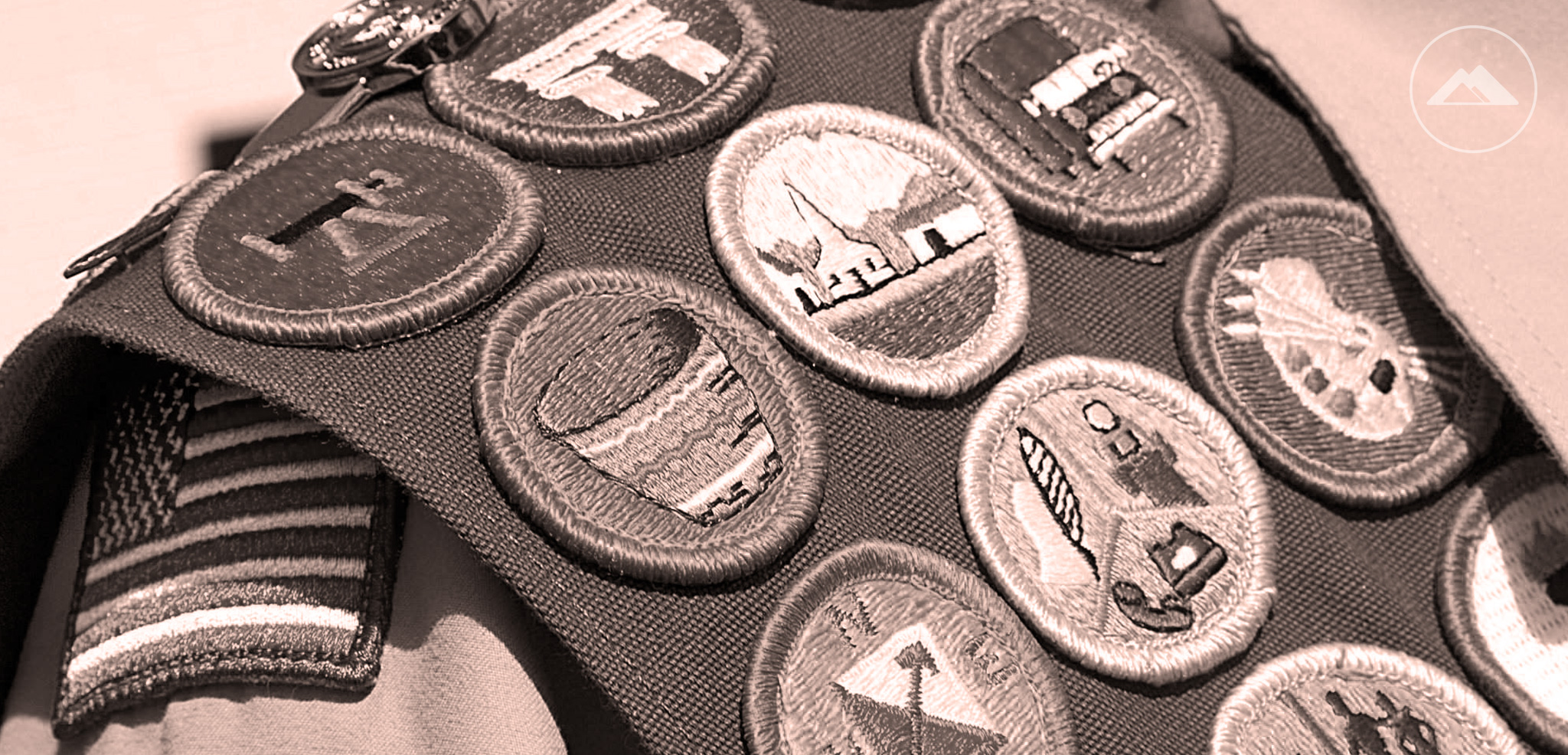
Please note: This is an abridged version of a previous blog, focussing here purely on the issue of finding a litmus test for open badges.
 In discussions around the development of an approach to Open Badges the same worries and examples of poor practice that trivialize the value of a badge come up again and again.
In discussions around the development of an approach to Open Badges the same worries and examples of poor practice that trivialize the value of a badge come up again and again.
This is why it would be useful to have litmus test to judge the circumstance in which a badge should be awarded.
My approach to a solution would be to borrow in part, Howard Gardner’s wonderful definition of (an) intelligence:
‘An intelligence is the ability to solve problems, or to create products, that are valued within one or more cultural settings.’ (Gardner, 1983/2003)
Rephrase this and we may have the basis (basis, mind!) of a litmus test for when a badge can be issued. Let’s call it a badge test:
A badge can be issued when the learner has done either of the following:
- Solved a problem
- Created or provided a useful product or service
To borrow an illustration from Pete Rawsthorne’s blog on badge system design in which he represents (metaphorically and for sake of simplicity) a tea-making skill hierarchy as such:

Given the badge test, the three micro skills should not be ‘badgeable’ because it is doubtful whether they solve a problem or create a useful product/service. The selection of the tea bag is no use in itself until the macro event, the tea, is made (and then hopefully only if suitably satisfying). That is where the badge, in this metaphor, could be awarded. Issuing the badge for a micro skills that does not pass the badge test devalues the whole concept of open badges.
Something missing?
But wait! It would seem that completing, say, an arduous track event, the winning of a soccer tournament, the ability and discipline of meditating or hiking a mountain trial would potentially warrant a badge. However, they do not directly solve a problem or create a useful product as per the badge test so far.
I would therefore add a third aspect to the test that considers if the learner achieved a goal contributing to their physical, emotional or spiritual state of being. Add this to the mix and the badge test becomes:
A badge can be issued when the learner has done one or more of the following:
- Solved a problem
- Created or provided a useful product or service
- Achieved a goal contributing to their physical, emotional or spiritual state of being
What is interesting about this formula is that it challenges us to rethink the why and how we awarding education. It challenges not to just give a badge where there was once a certificate, but to either redefine the assessment criteria or provide an alternative or additional layer to the recognition of attainment. I like this latter alternative more because it does not set one side against another but rather offers simultaneously an alternative and an addition.
To see a real example of this in action at the (K end of the) K-12 level please refer to my previous blog